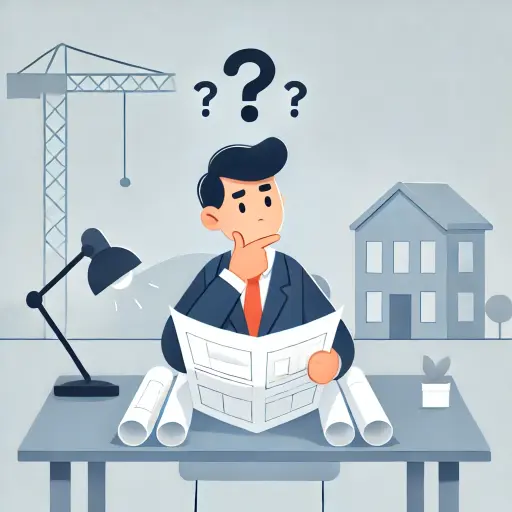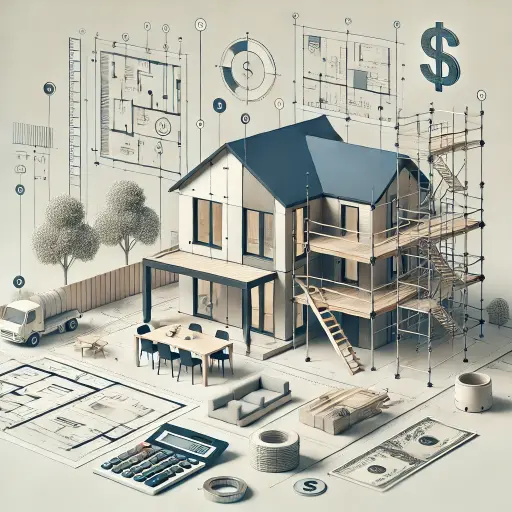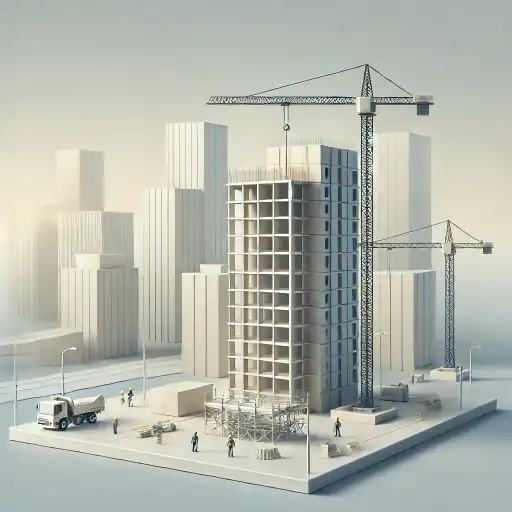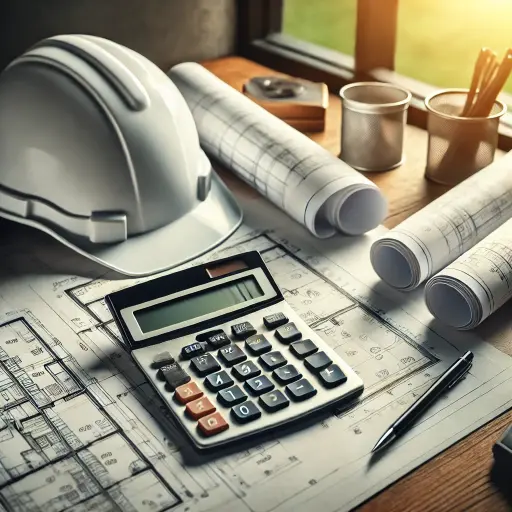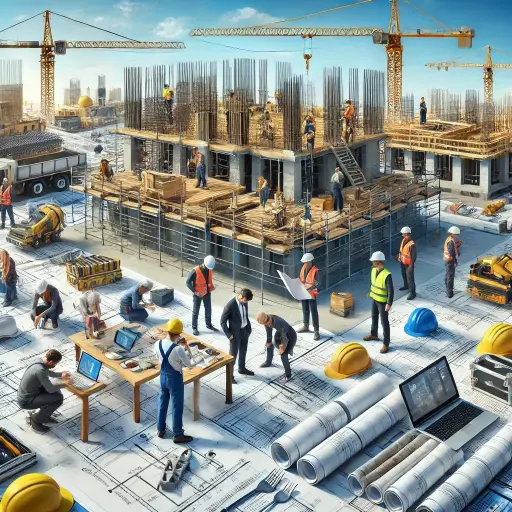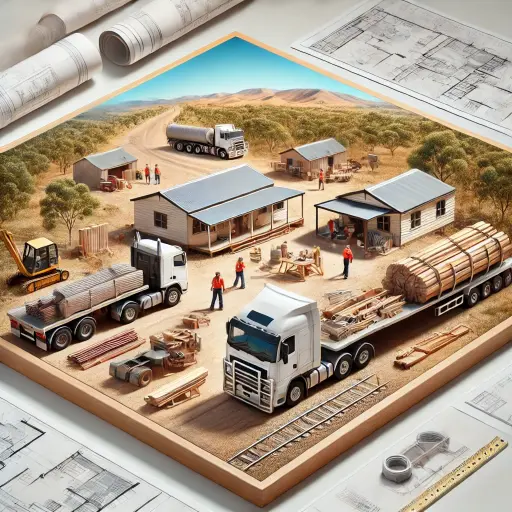Introduction
The construction industry is facing a significant challenge with rising material costs, impacting project budgets and schedules. Understanding these increases and implementing effective strategies can help manage costs and maintain project viability. In this blog, we’ll explore the reasons behind material price hikes and provide actionable solutions to mitigate their effects.
Why Have Construction Material Prices Increased?
The question, “Why has the price of construction materials increased?” is on the minds of many industry professionals. Several factors have contributed to this trend:
- Global Supply Chain Disruptions: The pandemic and geopolitical events have disrupted global supply chains, limiting the availability of key materials.
- Increased Demand: As economies recover and construction activity resumes, the demand for materials like steel, lumber, and concrete has surged.
- Rising Energy Costs: Higher energy prices increase production and transportation costs, contributing to overall material price increases.
- Inflationary Pressures: General inflation can contribute to higher costs across the board, including raw materials used in construction.
Strategies to Mitigate the Impact
While these challenges are significant, there are several solutions to increased price of construction materials that can help manage costs effectively:
- Diversify Your Supply Sources:
- Establish relationships with multiple suppliers to avoid dependency on a single source, which may be affected by price volatility or supply chain issues.
- Implement Strategic Purchasing:
- Buy in bulk during periods of lower prices and store materials for future use. Consider long-term agreements with suppliers to lock in prices.
- Optimize Material Usage:
- Focus on efficient design and waste reduction to maximize the use of materials, applying sustainable practices to cut costs and environmental impact.
- Embrace Technology:
- Use digital tools and software for accurate estimates and to monitor real-time price changes. This can improve budgeting and resource allocation.
- Value Engineering:
- Collaborate with architects and engineers to find cost-effective alternatives for expensive materials without compromising quality or safety.
- Monitor Market Trends:
- Stay informed about market conditions and adjust budgets and timelines accordingly to reflect current realities.
Conclusion
Rising construction material costs present a real challenge, but proactive strategies can help manage their impact. By understanding why prices are increasing and implementing solutions to mitigate these costs, construction professionals can better maintain project budgets and timelines.
At Matrix Estimating, we are committed to providing insights and support to help you navigate these challenges and succeed in your construction projects.


